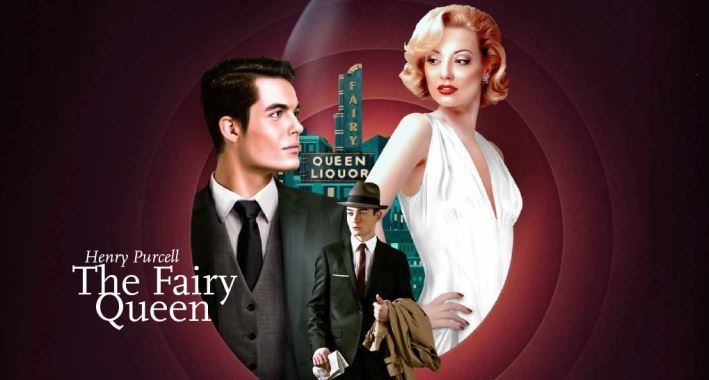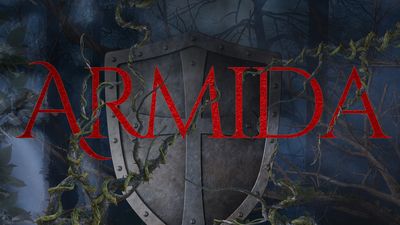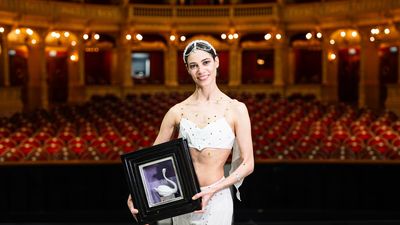
Fans of early music can hardly wait for the end of the Opera’s season each year. Little wonder, either, for true to our tradition of the last three years, we are again closing it out with a Baroque opera. The final premiere in the Shakespeare Season of the Hungarian State Opera is Henry Purcell’s semi-opera, The Fairy Queen turned into opera noir spiced by jazz by director András Almási-Tóth.
Full of musical and dramatic fantasy, The Fairy Queen was inspired by Shakespeare’s A Midsummer Night’s Dream. The fashion of the time stipulated that Shakespeare’s plot be acted out in prose scenes, supplemented with musical, vocal and dance interludes featuring allegorical figures, supernatural beings and mortal humans as well. The musical interludes – though they depict a world entirely different from the prose elements – always relate conceptually to the plot running in parallel to it. The piece is a true challenge for theatres’ creative teams: it must create a fairy-tale world broad enough to have space for the worlds of humans and fairies, the Night and the Seasons, the Chinese Man and Daphne, the forest, and Puck, who sprinkles charms into sleeping lovers’ eyes.
This formidable challenge of a piece is being brought to life by András Almási-Tóth, head of the opera department at the music academy. He conceives the work as an opera and incorporates the music into a new story. This version of the popular comedy by the Bard takes place in an urban woodland, with lonely characters, crime, murder and love. The figure of the Fairy Queen here is a kind of femme fatale: a woman in search of herself and her own happiness and finding neither as she flees from one relationship to the next.
The original structure of the music is interrupted by spoken dialogues. In this version staged by the Hungarian State Opera, these parts are ommitted. However, some new material is needed to bind the musical numbers together: jazz based on exctracts by Purcell is chosen to be perfromed as stage music to suit the atmosphere of the opera noir. By the end of the performance barouqe and jazz come together to form a bridge between the centuries.
Conductor: Benjamin Bayl
Director: András Almási-Tóth
Set designer: Sebastian Hannak
Costume designer: Krisztina Lisztopád
Movement director: Kristóf Widder
Musical interlude: Kornél Fekete-Kovács
Featuring the Hungarian State Opera Orchestra and the Fekete-Kovács Quintet
Cast: Emőke Baráth, Péter Fried, Gianluca Margheri, Nóra Ducza, Zita Szemere, Zoltán Daragó, Gyula Rab, Tibor Szappanos
Premiere: 17 June 2016, 7 p.m. | Opera House
Further dates: 19, 21, 23 June 2016



